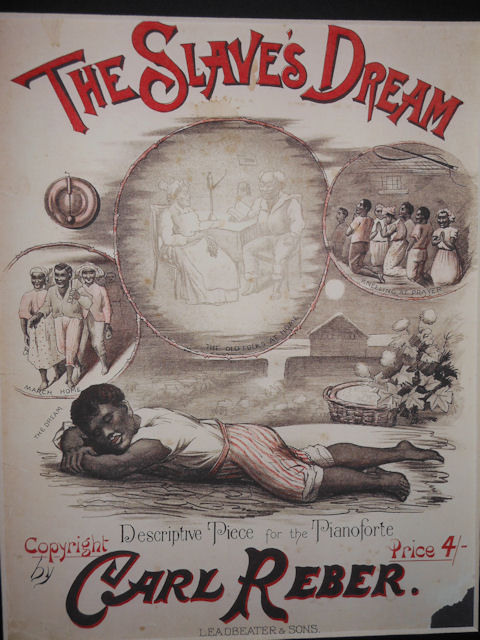About the poet: Henry Wadsworth Longfellow, born on February 27, 1807, was an American poet and also the first American to translate Dante’s Divine Comedy. He belonged to the Fireside poets. He was born in Portland, Maine. He completed his academic career at Bowdoin College; he later became a professor at the same college from where he moved on to join Harvard College. His first renowned poetry collections were Voices of the Night (1839) and Ballads and Other Poems (1841). He retired from his teaching profession in 1854, and indulged himself into writing. For his remaining days, he lived in Cambridge, Massachusetts, in a former Revolutionary War headquarters of George Washington.
At the age of three he had joined dame school, and by the age of six, he was enrolled at the private Portland Academy. He was introduced to the world of literature and was encouraged by his mother, who introduced him to Robinson Crusoe and Don Quixote. His first poem was published on November 17, 1820, in the Portland Gazette, called “The Battle of Lovell’s Pond”; it was a patriotic and historical poem. He was married to Mary Potter who died in 1835, after a miscarriage. His second wife Frances Appleton died in 1861, in a fire accident. After her death, Longfellow suffered some problems in writing poems, so concentrated in some translation works, and he died in 1882.
Poetic devices:
PERSONIFICATION: Line 2-3: “Nature” has been personified who can bear a “child” and also has “heart”.
Line 13-14: the Song finally gets personified, as a person whose address is unknown to man.
METAPHOR: Line 4: the freshness of the morning serves as the metaphor for the freshness of the song that the poet is talking about.
SIMILE: Line 10: the song has been compared to the wind. Perhaps the untamed quality of the song makes the poet do so.
Moods Summary by H.W. Longfellow
“Moods” is a short poem comprising of one single stanza of 14 lines. The poem has a lyrical quality to it. The poem begins with a feeling of appreciation of some “song” that “would sing itself” to the speaker. It must be a special song as it has to be right out of “the heart of nature” and “not of art”. It has to be something new, pure and fresh like the morning, it must be in its original form like the “salt” of the “salt sea” which has just enough bitterness “to be a medicine to the sluggish mood” of the speaker. It is a song that will draw out the “lethargy” from the speaker’s “veins”. The song seems to grow on the poet, as he says: “not always doth the breath of song/ breathe on us.” The song is untamed like the wind, whose course cannot be controlled just like the unruly wind blowing away whatever lies in its path. The anonymity of the song is stressed upon by the last two lines, where the speaker confesses that no one knows where the song comes from, nor does anyone know where it goes.
Moods Analysis by H.W. Longfellow
The poet undoubtedly appreciates unaltered beauty; from the very beginning, he seems to put it out in the open. He talks about a song, which may actually refer to any kind of creation but it has to be devoid of any kind of alteration. He wants a song which is a creation of nature, as from the literary perspective nature is the purest form and hence will procreate something that is as pure as itself. it is important to notice that the poet distinctly mentions that it must not be a product of art, thereby stressing on the modifying quality of art which changes the crude and the raw form of the creation, in this case, the song. The poet doesn’t want all the parameters of art to bind the free and untamed nature of the song, which has later in the poem compared to the untamed quality of wind.
Devoid of the brushing up of art it will be something out of the box, as “fresh as the morning”, in its raw and crude form it will be the unprocessed salt of the salt sea, which will have just a little “bitterness”, which may refer to the unpolished quality which can be achieved only by making a few changes to the original form, and will work as a medicine to the “sluggish mood” of the poet. The unknown and unfamiliar quality of the song will, in fact, cure his lethargy; it will be a song which will be like a breath of fresh to air, credit of which goes to it untamed quality. This quality is also responsible for the unrevealed effect of the song on the poet, as he neither control its will nor its effect. One can only hear it, unaware of its mysterious way, from where it comes and where it goes. It comes momentarily suddenly and swiftly and leaves without any trace. The identity of the song is disclosed until the very end, the reader is never told about what kind of mysterious “Song” is this, hence giving it an anonymous quality.
Tone of the poem: Longfellow’s poems have a happy tone to it. The poem has no shift in the tone; it has the same tone to an appreciation of true beauty from the very beginning. To the very end, the poet maintains his claim that the raw form of creation without any polishing by art is the purest form, like a product of nature. The poem has a positive tone which never for once deems through the 4 lines.
Conclusion: Though “Moods” is not one of his renowned or celebrated work, but too was received with a lot of praise. Though Longfellow mostly is known for writing lyric poetry, which gave a musical quality to his poems, he had also experimented with free verse. This poem is an excellent example of the musical quality of his poems.
Some online learning platforms provide certifications, while others are designed to simply grow your skills in your personal and professional life. Including Masterclass and Coursera, here are our recommendations for the best online learning platforms you can sign up for today.
The 7 Best Online Learning Platforms of 2022
- Best Overall: Coursera
- Best for Niche Topics: Udemy
- Best for Creative Fields: Skillshare
- Best for Celebrity Lessons: MasterClass
- Best for STEM: EdX
- Best for Career Building: Udacity
- Best for Data Learning: Pluralsight














